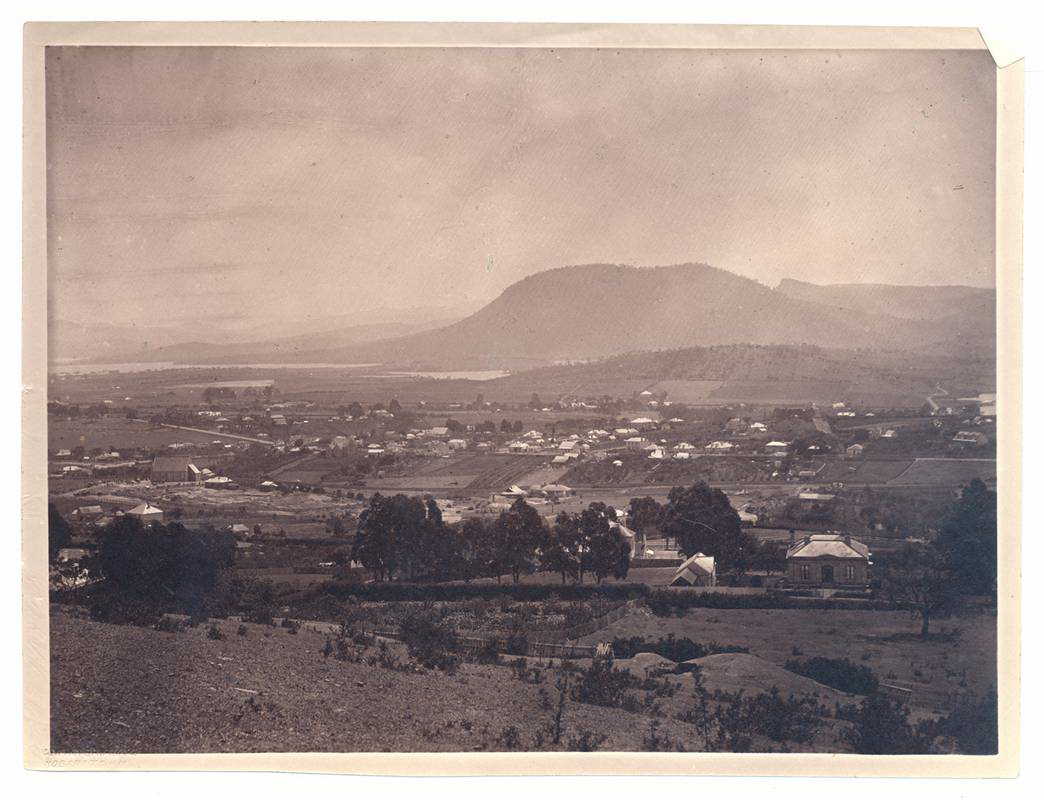What’s in a name?
People often ask us where the name Korongee originated from.
The story itself is shrouded in the mists of history but after undertaking some historical research, a likely answer to the name question has come to light.
The original land owner was a man by the name of Henry Emmet, and by the 1890s, the Butler family, consisting of Francis (Fredrick) Butler and his wife Emma, (nee Dennis), owned the plot of land. They built the homestead which was given the name ‘Korongee’ by Emma.
It is highly likely that she chose this name to remind her of where she grew up on her family property, Korongee, which was located near Mt Korong in Victoria. The mountain is 364 metres above sea level and is situated 12 kilometres south-east of Wedderburn.
Korong is an Aboriginal word meaning canoe or boat (Referenced from: https://www.victorianplaces.com.au/korong-shire).
Another interesting aspect to Korongee’s history was revealed after a site inspection and excavation of an archaeological trench in 2007 discovered remains of Old Main Road at Korongee at the northern border of the property. This was a convict road built by Denis McCarty and a team of workers in 1818-19. Historical evidence shows that Old Main Road was the very first road constructed out from Hobart Town and it ran all the way to New Norfolk, thereby increasing the value of land in Glenorchy considerably at that time.
A 1932 property ad in The Mercury newspaper describes Korongee as:
“All that fine property, situated on the Main Road at Derwent Park… comprising some 22 acres or thereabouts, of which about 8 acres are under orchard (apricots, apples, etc.) and the balance good grass paddocks.
On the property stands an eight-roomed dwelling, fully equipped with all conveniences, a workman’s cottage, usual outbuildings, the whole in good order…”
Sadly, the Korongee homestead and workman’s cottage was burned to the ground around 2005.
Today, the Korongee site is situated on 2.5 hectares and as the current landowners, we are eager to preserve the land’s unique history.
This can be seen in our decision to maintain the name Korongee and to honour the area’s history through plans to erect interpretive signage and use historical names for landmarks within the village.
